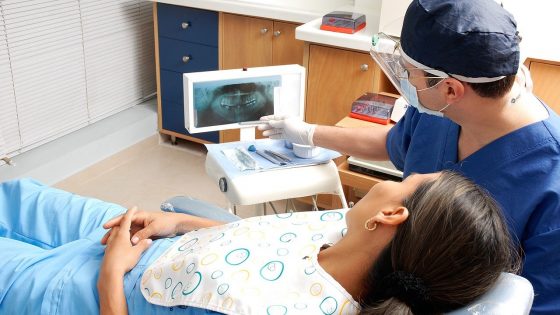conjunctivitis
A condition in which the conjunctiva (membranes lining the eyelids and covering the white part of the eye) become inflamed or infected. Also called pinkeye.
connecting peptide
A substance made by the pancreas. Connecting peptide and insulin are both part of a larger molecule that gets split apart before being released into the blood. Abnormal blood levels of connecting peptide may occur in certain diseases, such as diabetes or cancer. Also called C-peptide.
connective tissue
Tissue that supports, protects, and gives structure to other tissues and organs in the body. Connective tissue also stores fat, helps move nutrients and other substances between tissues and organs, and helps repair damaged tissue. Connective tissue is made up of cells, fibers, and a gel-like substance. Types of connective tissue include bone, cartilage, fat, blood, and lymphatic tissue.
connexin gene
One of a group of related genes called connexins. Connexin genes make proteins that form channels that connect cells that are next to each other. These channels allow substances (such as sodium and potassium) to move from one cell to another. This is important for cells to grow and work normally. Mutations in certain connexin genes may be found in some types of hearing, skin, and peripheral nervous system disorders. They may also be found in some types of cancer.
conscious sedation
A level of sedation in which a person is asleep but wakes when spoken to or touched. Conscious sedation is caused by special drugs and is used to help relieve anxiety during certain medical or surgical procedures. Drugs that relieve pain may be given at the same time. Also called moderate sedation.
consecutive case series
A clinical study that includes all eligible patients identified by the researchers during the study registration period. The patients are treated in the order in which they are identified. This type of study usually does not have a control group.
Consensus Development Program
A program of the National Institutes of Health to bring together an independent group of experts to review scientific evidence related to an important public health issue. For a specific issue, a panel of experts (such as doctors and scientists) reviews reports and papers on the subject, listens to information presented by other experts in the field, and hears comments from the general public. Based on the evidence presented, the panel writes a report summarizing the findings, which is made available to the public. The report is not intended to be a practice guideline.
consent form
A document with important information about a medical procedure or treatment, a clinical trial, or genetic testing. It also includes information on possible risks and benefits. If a person chooses to take part in the treatment, procedure, trial, or testing, he or she signs the form to give official consent.
consent process
A process in which patients are given important information, including possible risks and benefits, about a medical procedure or treatment, genetic testing, or a clinical trial. This is to help them decide if they want to be treated, tested, or take part in the trial. Patients are also given any new information that might affect their decision to continue. Also called informed consent.
consolidation therapy
Treatment that is given after cancer has disappeared following the initial therapy. Consolidation therapy is used to kill any cancer cells that may be left in the body. It may include radiation therapy, a stem cell transplant, or treatment with drugs that kill cancer cells. Also called intensification therapy and postremission therapy.













